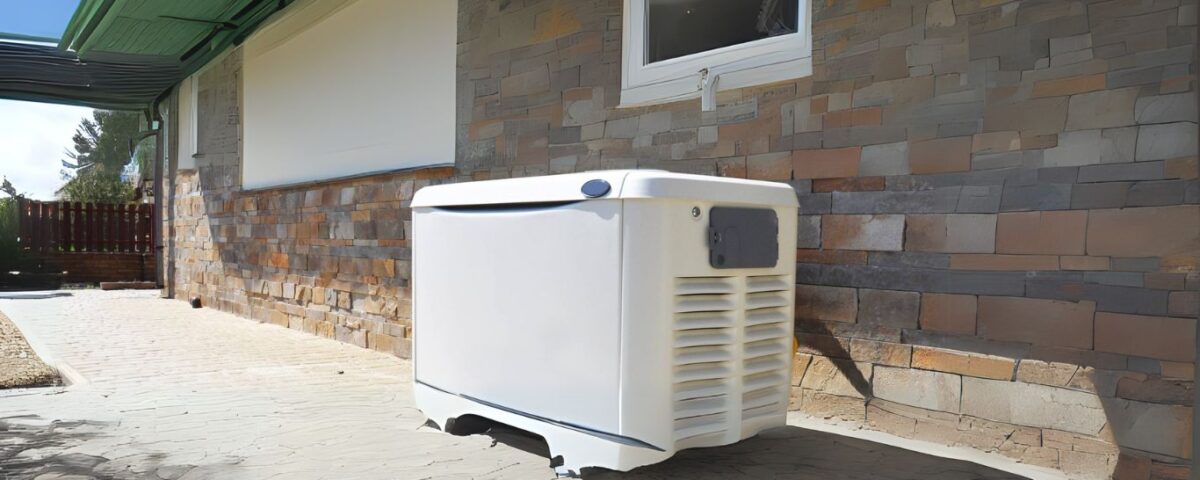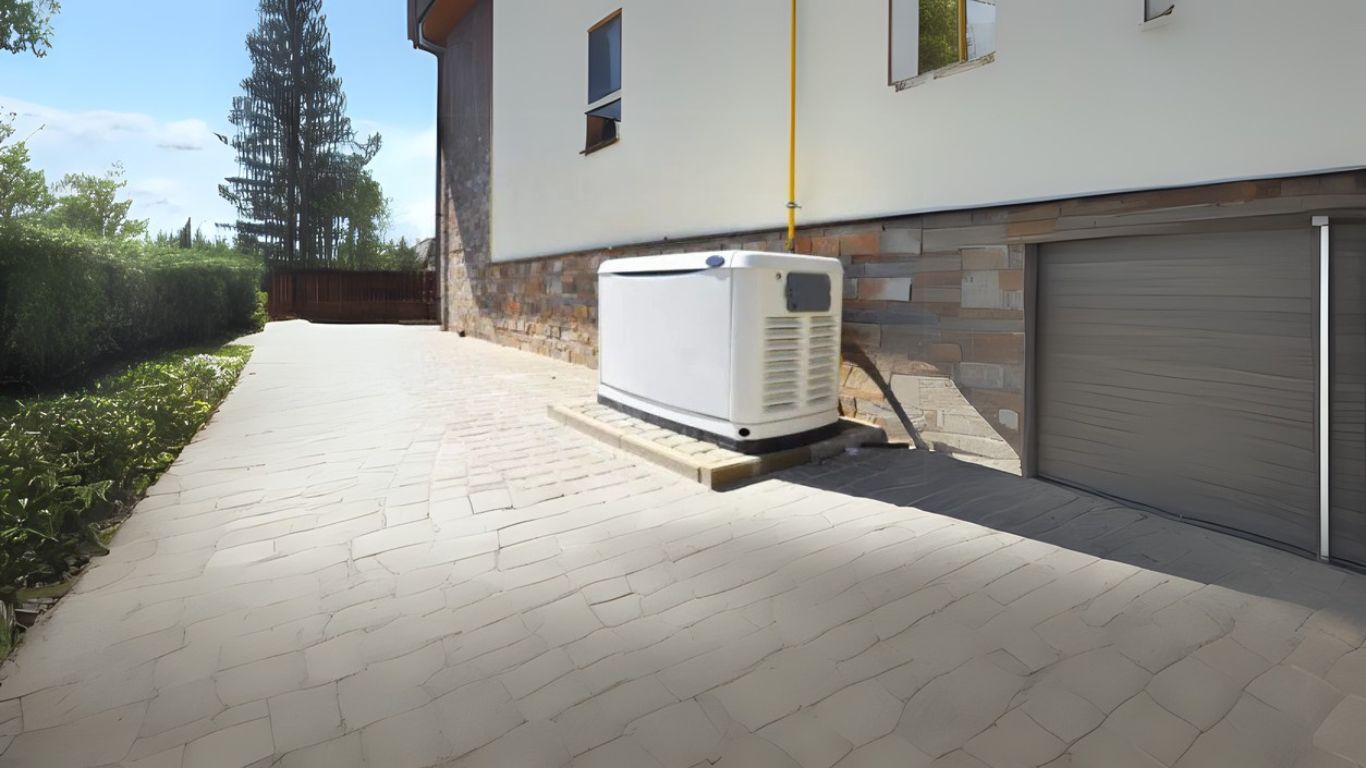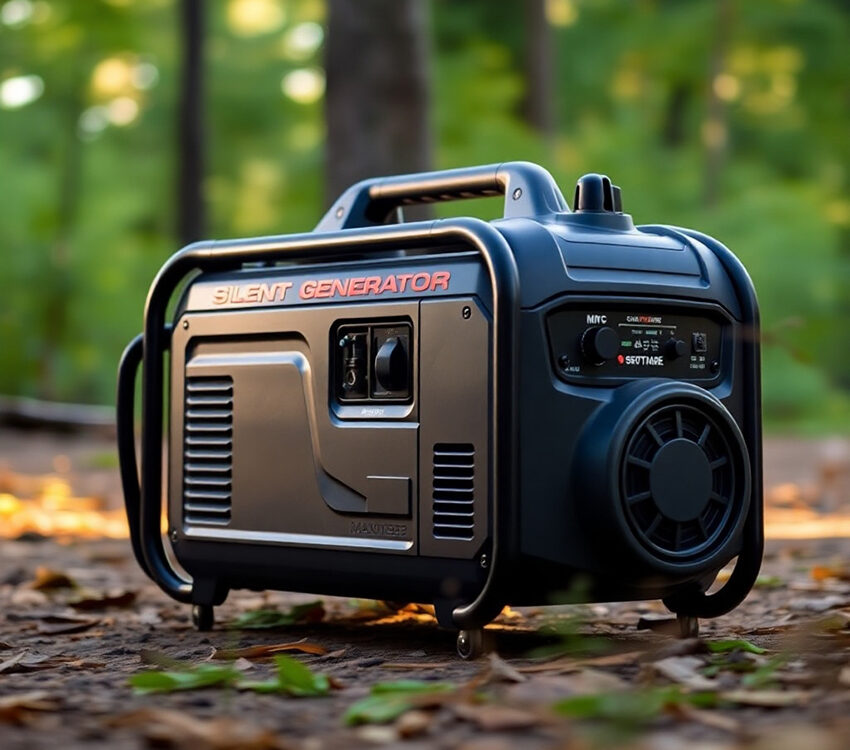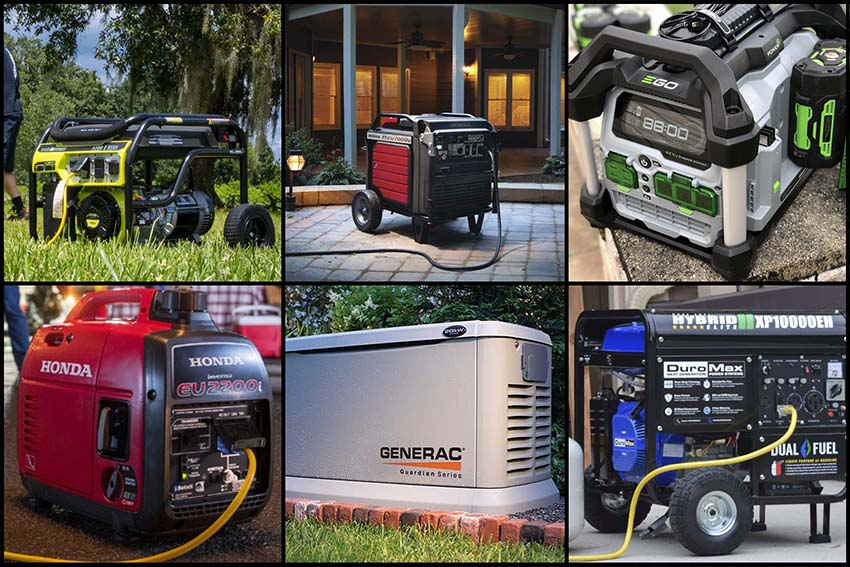
When installing a generator, one of the first questions is: how far should it be from the electrical panel? While it might seem straightforward, there’s much more to it than just picking a spot in your yard. The distance affects safety, efficiency, and even the overall cost of your setup. Let’s dive into the details and uncover what you need to know to make the best decision for your home.
Safety First: The Golden Rule of Generator Placement
What Do the Codes Say?
If safety isn’t your top priority when installing a generator, it should be. Local building codes and the National Electrical Code (NEC) lay down strict guidelines for generator placement to protect you from carbon monoxide poisoning, fire hazards, and other risks.
Keep It Clear: Most manufacturers and codes recommend placing the generator at least 5 to 10 feet away from your home, windows, doors, and vents. It helps prevent exhaust fumes, especially carbon monoxide, from sneaking into your house.
Fire Safety: Generators can get hot during operation, so keeping them away from anything flammable is critical. Always check your user manual for specific clearance recommendations.
Grounding Matters
Proper grounding is a must to avoid electrical hazards. Depending on the type of generator and how far it is from your panel, the grounding setup might vary:
- Portable generators may need grounding rods if they aren’t bonded to your home’s electrical system.
- Standby generators often come with integrated grounding, but their performance can depend on their distance from the panel.
The Science of Distance: Efficiency and Voltage Drop
What Is Voltage Drop and Why Should You Care?
Electricity doesn’t like long road trips. As it travels through wires, it loses some energy—a phenomenon known as voltage drop. If the distance between your generator and panel is too great, this drop can reduce efficiency and damage your appliances.
What’s Acceptable? The NEC recommends a no more than 3% voltage drop for feeder circuits. For example, on a 120-volt circuit, a 3% drop equals 3.6 volts. That’s manageable, but anything more could spell trouble.
Wire Size and Cost
Longer distances require thicker wires to keep voltage drop in check. But here’s the catch: thicker wires cost more. Here’s a quick breakdown:
- For a 50-amp circuit, a distance of up to 50 feet might need an 8-gauge wire.
- For 100 feet or more, you’re looking at 6-gauge or even 4-gauge wire, which doesn’t come cheap.
How Load Impacts Distance
Do big appliances like air conditioners or heaters? They’ll draw more power, increasing the potential for voltage drop over long distances. Knowing your total load in advance helps you plan better and avoid surprises.
Beyond the Basics: Practical Factors of Generator to Consider
Dealing with Noise
Let’s face it: generators can be noisy. If you’ve got a portable generator, you probably don’t want it humming away right next to your bedroom window. Placing it farther from your living areas is a simple fix—ensure it’s still within a safe and efficient range.
Easy Maintenance Access
Your generator isn’t a “set it and forget it” deal. It needs regular TLC, like oil changes and filter replacements. Placing it in a spot that’s easy to reach will save you a lot of headaches down the road.
Weather Protection
Outdoor generators are exposed to the elements, so think about weatherproofing. A sturdy enclosure can protect your investment from rain, snow, and extreme temperatures while ensuring it’s ready to go when needed.
Different Generators, Different Needs
Portable Generators
These are the workhorses of temporary power. Here’s what you need to know:
Distance: Keep it 10 to 20 feet away from your home and panel to balance safety and convenience.Connection: Use a transfer switch for a safe and reliable hookup. Shorter cables mean less voltage drop.
Standby Generators
Permanently installed standby generators are the kings of convenience:
Distance: Typically 5 to 15 feet from your home, depending on the manufacturer and local codes.
Setup: Underground wiring is common for these systems, protecting cables from weather and physical damage. But longer distances mean higher installation costs.
When Long Distances Are Inevitable
Sometimes, placing your generator far from the panel is unavoidable. In these cases:
- Invest in thicker wires to handle voltage drops.
- Consider extra grounding measures to ensure safety.
- Be prepared for higher costs due to longer wiring runs and trenching.
Finding the Sweet Spot: Steps to Calculate the Ideal Distance
Here’s how to figure out the perfect placement for your generator:
Assess Your Power Needs: Calculate the total wattage your generator will support.
Estimate Voltage Drop: Use an online calculator or consult an electrician to see how distance affects efficiency.
Choose the Right Wire Size: Match the wire gauge to your load and distance.
Check Manufacturer Guidelines: Follow their placement and wiring recommendations to the letter.
The Cost of Distance
Longer distances can take a toll on your wallet. Here’s why:
Wires: Bigger wire gauges cost more. For example, a 4-gauge wire is significantly pricier than an 8-gauge wire.
Labor: Installing wires over longer distances takes longer, which means higher labor costs.
Trenching: The cost of digging and laying conduit can add up for underground setups.By carefully planning your generator’s placement, you can save money without sacrificing safety or performance.
Avoid These Common Pitfalls
Too Close for Comfort: Placing the generator too close to your home can lead to carbon monoxide buildup or fire hazards.
Forgetting Voltage Drop: Ignoring this can lead to poor performance and potential equipment damage.
Skipping Local Codes: Overlooking building regulations could result in fines or expensive modifications later.
Poor Grounding: An improperly grounded generator is a recipe for disaster.
Pro Tips for a Smooth Installation
Hire a Pro: A licensed electrician ensures your setup meets all codes and standards.
Think Ahead: If you plan for future power needs, install higher-capacity wiring now.
Test It Out: Once everything’s in place, run your generator to ensure it’s working efficiently and safely.
Invest in Quality: Don’t skimp on wires, connectors, or enclosures. High-quality materials last longer and perform better.
Conclusion
How far you place your generator from your panel is more than just a technical question—it’s a balancing act. You need to consider safety, efficiency, cost, and practicality. A distance of 10 to 50 feet works well for most homes, but every situation is unique. Following the tips and guidelines we’ve covered, you can set up your generator to keep your home powered safely and efficiently—no matter what Mother Nature throws






